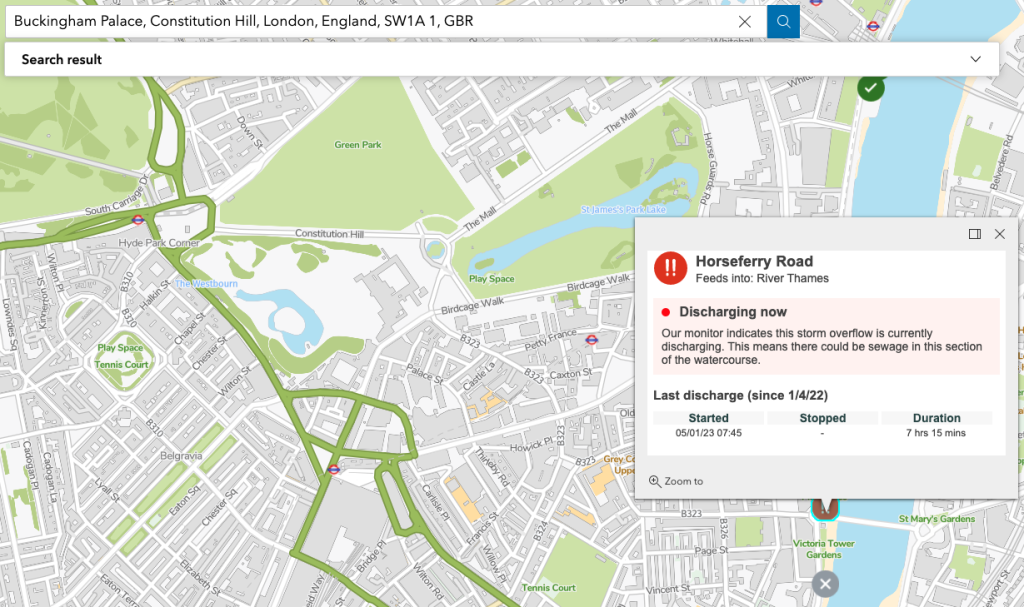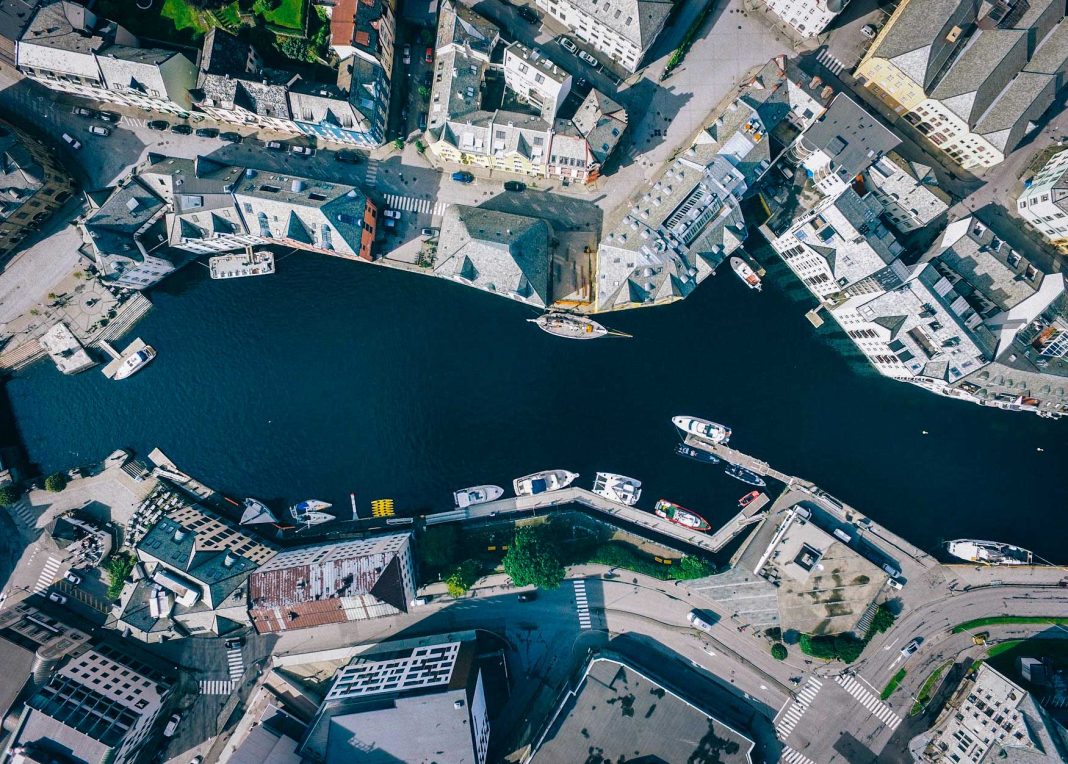Water touches on almost every aspect of our lives and cities. Initially, it appears to be a large and unwieldy beast. Maybe to create sustainable urban systems, we need to break down the components: consumption, sanitation, pollution, waste, biodiversity, runoff, scarcity and stress, flooding, power generation, leisure, cooling, etc. Below we collect some of the most notable publications and water guides you can draw on to tackle these common challenges. If that seems a little too much to bite off for now, check out our easy-to-access how-to guides.
Guides
Best Management Practice Toolkit
Theme: stormwater and runoff management
Vancouver is a city that experiences a lot of rainfall and has implemented a wide range of stormwater management measures to deal with the excess. As part of the Citywide Integrated Rainwater Management Plan, the BMP Toolkit introduces best practices based on Metro Vancouver’s experiences and the approaches used there and in other cities, specifically in developed nations. Learn about absorbent landscapes, bioswales, green roofs, and rainwater capture among many others – including where each is best suited and how effective they are.
Green Rainwater Infrastructure (GRI) Typologies
Theme: rain- and waste-water management
Also from the City of Vancouver, this extract outlines some choices for bioretention practices using nature-based solutions. Packed with illustrations and case studies of implementation, this handy reference is a go-to guide for cities confused by the options. Also features information about permeable concrete, greywater collection systems, and resilient underground infrastructure.
University of Florida Field Guide to Low Impact Development: Bioswales/Vegetated Swales
Theme: blue-green infrastructure
This short but comprehensive guide defines bioswales, their uses, practical urban application (e.g. traffic islands), and design considerations. While the regulatory information is only relevant to Florida, USA the details about maintenance and common costs is universal.
Theme: a heavy focus on strategic management for urban rainwater, drainage, and flooding.
Originating in Brazil in 2007, this document doubles as a course text for “decision-makers, professionals of various fields of knowledge, working in the field of the urban environment as administrators, legislators, engineers, architects, geologists, biologists and others”, mainly in Latin American cities.
It’s a bulky tome, but, for anyone wanting a deep dive into flood controls in cities, this will make for gripping bedtime reading. It explains hard and soft mechanisms, urban water systems, issues ranging from supply to solid waste and effluents, and measurement and planning.
Tools & Data
Theme: understanding your impact
The simplest of tools to use, with great images to keep you hooked! Answer a handful of questions about how you use water and discover how much you really use, from how long you shower per day, to whether you use an eco-dishwasher.
It’ll tot up how much H2O you consume. Make changes and try it again – see if you’ve saved.
Those living in the USA can also calculate their virtual water impact: how much you consume via “the food you eat, the things you buy and the energy you use”.
Theme: drought
Geographical information system (GIS) providing a wealth of visualised data layered over maps of Europe. See at a glance the stresses of water throughout the continent, almost in real time. Helps cities plan for imminent drought conditions.
Theme: virtual water (production in the FWE nexus)
A fun and interactive site demonstrating the demand for water in production, especially of food. A visual learning tool that explains the concept of invisible – or virtual – water. Provides the numbers you need to know and some tips for a water-sensible diet.
Theme: precipitation, trends, and climate change
If numbers are your bag, then you might want to check out these datasets on the climate from present day, back in time, and predictions for what’s to come. Get lost down a rabbit hole of stats that covers anything from seasonal river discharge to European city flood risk indicators.
Theme: real-time data showing stormwater overflow
Only available for London, UK, at present, this map uses near real-time data to depict where sewage is being discharged into natural watercourses by way of stormwater overflows. The data is taken from Thames Water’s event duration monitoring (EDM) system and also gives information about the most recent discharge event for any of the locations.
Fun fact: you can search by address. At the time of writing, of the three outflows close to Buckingham Palace, one monitor was offline, one had been discharging for more than 7 hours, and the third had been ‘clean’ for more than a week.

Reports
United Nation’s World Water Development Report
Theme: water-energy nexus
Each year, the UN tackles head-on a different issue relating to water. For the most recent publication, for 2022, it is groundwater, but the 2014 report is definitely worth a look. Exploring the relationship between water and energy, it summons up science to emphasis the pressures a growing urban population places on water demand and supply. It does not shy away from the influence city designs and levels of affluence have on our interactions with H2O and reminds us that treating water is an energy-hungry practice.
Cities and Flooding: A Guide to Integrated Urban Flood Risk Management for the 21st Century
Theme: water policy reform
In 2012, the World Bank published this extensive guide for policymakers on everything (and more!) they need to know about flooding: the hazards, impacts, decision-making tools, and (non-)structural management. It’s also designed to assist engineers, city leaders, and civil society in understanding and acting in city spaces where rapid urbanisation and climate change are hitting hard.
If the 630+ pages are too daunting, we suggest heading straight to page 587 for the 12 key principles for integrated urban flood risk management. These are succinct jumping-off points for anyone wishing to evaluate their flood measures and reform local policy.
For those without access to the World Bank Group library, you can pick up the report here.
Theme: water stress and treatment in developing nations
Another gem from the World Bank, call for a drastic rethink of water consumption. Approaches wastewater as a resource and pillar of a circular economy, especially for places experiencing water shortages and a booming population. Treatment, financing, and regulation are all explored.
The focus on Latin America and the Caribbean additionally addresses challenges presented by informal settlements, lacking infrastructure, and poor treatment practices.
Progress on Household Drinking Water, Sanitation and Hygiene, 2000-2020
Theme: sanitation
A data-heavy joint publication from Unicef and the World health Organisation exploring what has been achieved after five years of Sustainable Development Goals.
Places an emphasis on equity in water access – including menstrual health and vulnerable populations. Open defecation is on track to elimination but more needs to be done to support women and girls in terms of safe places to wash and change.
Ranking of the World’s Cities Most Exposed to Coastal Flooding Today and in the Future
Theme: threats to coastal cities
Although maybe a little outdated – it was written in 2007 – this sobering account of coastal cities comes from a larger OECD report on cities and climate change and offers hope in the form of breakthroughs in climate modelling and adaptation policies.
Highlights the importance of local and regional challenges: coastal cities are exposed to additional threats from the sea not experienced by those inland. Developing nations with faster-growing populations face increasingly pressing risks.
Financial Management of Flood Risk
Theme: disaster risk financing
Looking at the bigger picture in terms of risk and government mechanisms for assessing and financing flood risk. Handles issues of insurance, costs, and financing strategies, as well as measures for minimising risk to people, places, and financial bodies.
The chapter on the risks to and responsibilities of the public sector will especially be of interest to municipalities (page 131).
Theme: water quality and policy
A short policy brief aimed primarily at water resource managers on the state of freshwater. Not urban-specific but offers a sound grounding in the issues relating to fresh- and waste-water – how to use it safely, for example. The policy interventions feature is an especially valuable resource.
Progress on Level of Water Stress – 2021 Update
Theme: water stress and SDGs
Links the natural and built environments in an interlocked ecosystem of supply, demand, climate change, and water stress. As cities grow and populations rise, so does the number of us affected by water stress. UN Water monitors these changes and, with this paper, aims to offer strategies to reduce the pressure on our most valuable resource. Advice covers the realms of financing, governance, awareness-raising, capacity building, and using data to inform better decision-making.
Legislation
Theme: EU Legal Framework for Wastewater Handling
This helpful resource summarises the main laws, monitoring recommendations, and reporting requirements designed to protect the environment from industrial and domestic wastewater pollution. As this overview states, “[u]rban wastewater is one of the main sources of water pollution if it is not collected and treated according to EU rules.”
Believe it or not, more than 10 million Europeans lack basic sanitation. That’s despite 30+ years of the EU’s directive for urban wastewater setting standards for water collection and treatment. It has now been updated to address the shortcomings, which include dealing with categories of pollution the EU has struggled to address.


